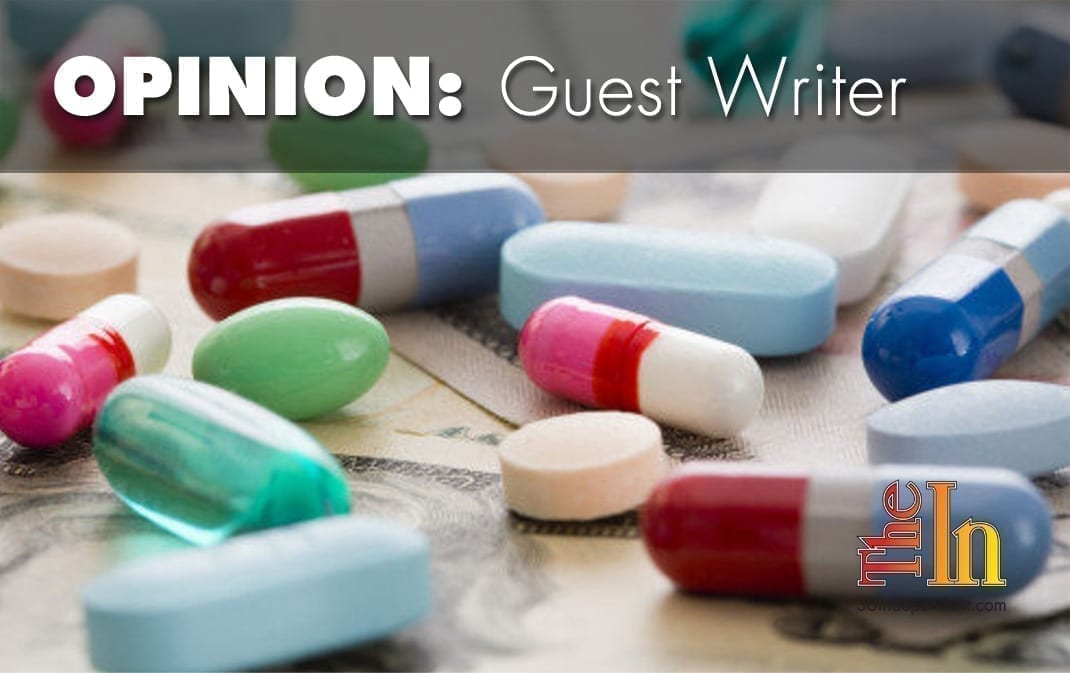
Trump Should Dust Off Last Year’s Drug Reform Plan
By Merrill Matthews
Voters generally approve of Donald Trump’s economic policies — but give him low marks on health care, according to recent polls. The president, unsurprisingly, is grumbling. He recently chewed out Alex Azar, ordering his Health and Human Services secretary to make progress on reducing drug prices.
Fortunately, HHS bureaucrats needn’t start from scratch. Last year, they proposed — but then shelved — a plan to reform the drug supply chain. Right now, supply-chain middlemen drive up patients’ pharmacy bills by tens of billions of dollars while providing little value to ordinary Americans.
By reintroducing that proposal, President Trump could cut these middlemen down to size and reduce patients’ drug spending.
Most people blame drug companies for the high price of medications. But manufacturers have little say in what patients actually pay at the pharmacy counter. The so-called “list prices” drug companies set are merely starting points for negotiations. Insurers and pharmacy benefit managers (PBMs) are the ones that determine the final price at the point of sale.
Here’s how the supply chain works. Insurers hire pharmacy benefit managers to help design their drug plans. PBMs decide which medicines to include — and exclude — from each plan. They use this leverage to negotiate with manufacturers for generous discounts and rebates. In 2018 alone, manufacturers doled out about $166 billion in discounts and rebates.
Though patients are typically charged prices lower than the list price, PBMs and health insurers keep what appears to be the lion’s share of these saving for themselves.
But that’s not all. Patients often fork over copays and coinsurance based on a drug’s original list price — not the much lower, negotiated price.
For example, say a popular diabetes drug costs $200. PBMs may negotiate that price down to $100. But insurers and PBMs deliberately hide these savings from patients. So, a patient with a 25 percent coinsurance requirement would pay $50 per prescription, a quarter of the drug’s list price, rather than $25, a quarter of the discounted price.
Moreover, middlemen are hogging a bigger and bigger percentage of the drug-spending pie.
Consider the findings of a newly updated study from the consulting firm Berkeley Research Group. Total brand-name drug spending at pharmacies and other points of sale rose from $269 billion in 2013 to $440 billion in 2018, an increase of $170 billion.
But the share of spending retained by drug companies declined by 12.5 percentage points.
Last year, the Trump administration proposed a rule that would have forced these middlemen to reduce copays and coinsurance, thus sharing more of the discounts directly with patients. Unfortunately, the administration caved to pressure from PBM lobbyists and shelved the proposal.
An analysis from the actuarial firm Milliman, Inc., estimated the cost-saving benefits for Medicare Part D under the Trump plan. In a scenario where rebates were eliminated, Milliman estimated seniors could save nearly $60 billion in out-of-pocket drug costs between 2020 and 2029, and the federal government — i.e., taxpayers — could save almost $100 billion.
By reintroducing that rebate rule, President Trump could lower drug prices by excluding middlemen who gobble up much of the current price-discount savings. And he would finally be able to tell voters “another promise kept.”
Merrill Matthews is a resident scholar with the Institute for Policy Innovation in Dallas, Texas. Follow him on Twitter @MerrillMatthews. This piece originally ran in The Hill.
Viewpoints and perspectives expressed throughout The Independent are those of the individual contributors. They do not necessarily reflect those held by the staff of The Independent or our advertising sponsors. Your comments, rebuttals, and contributions are welcome in accordance with our Terms of Service. Please be respectful and abide by our Community Rules. If you have privacy concerns you can view our Privacy Policy here. Thank you!
Click here to submit an article, guest opinion piece, or a Letter to the Editor




